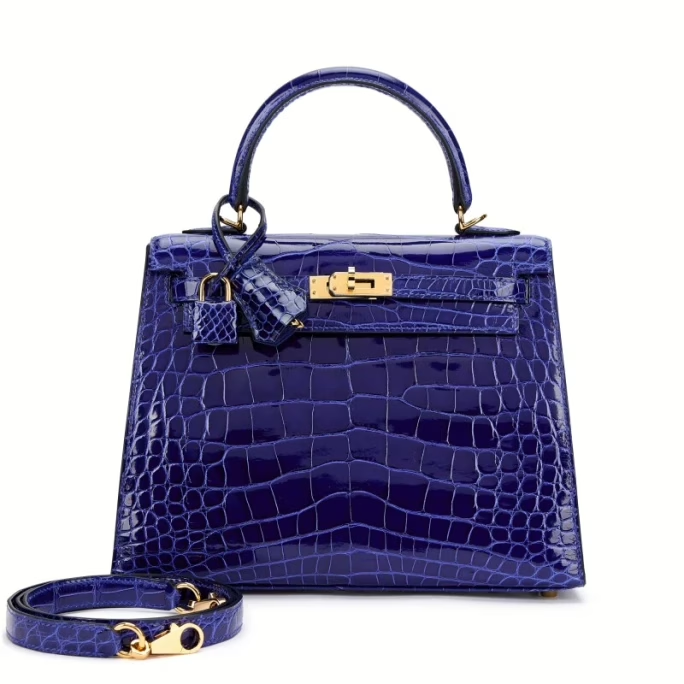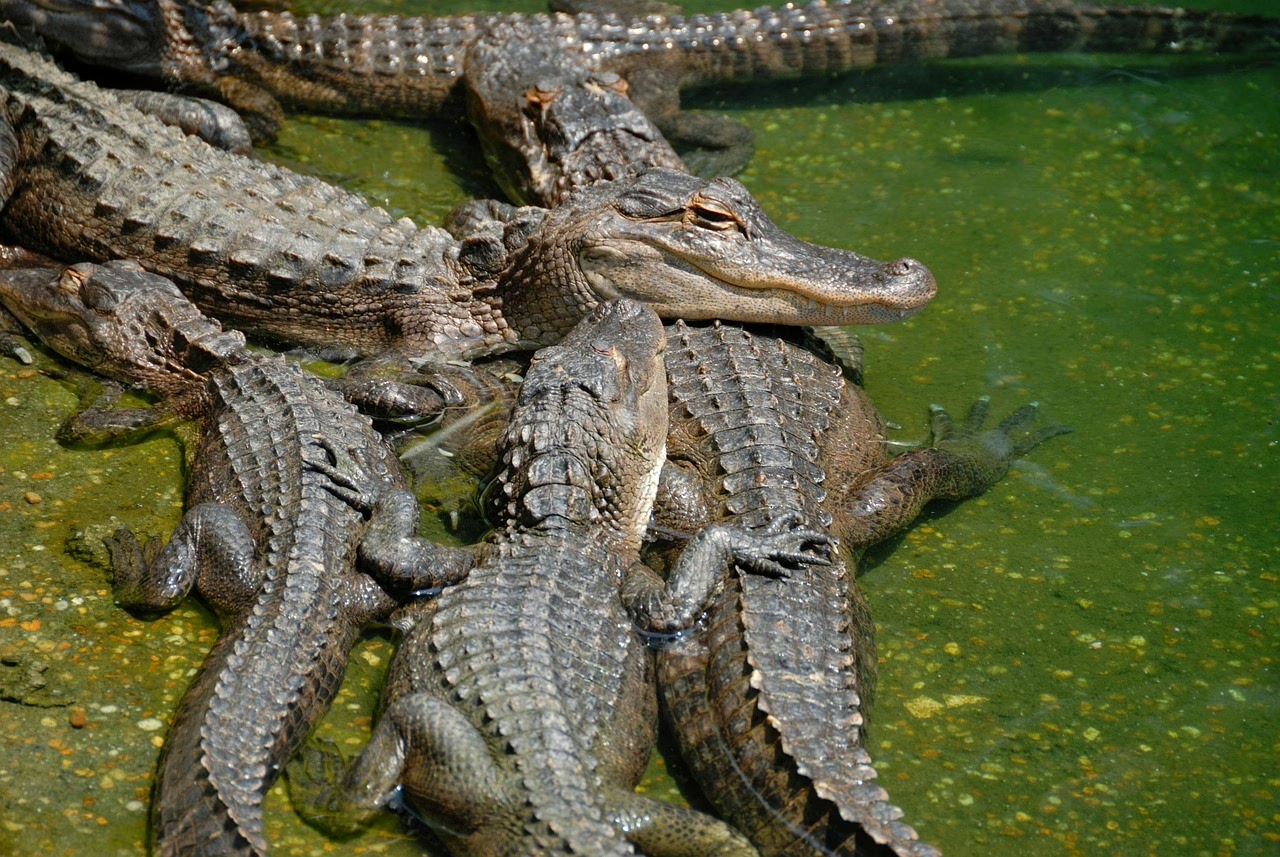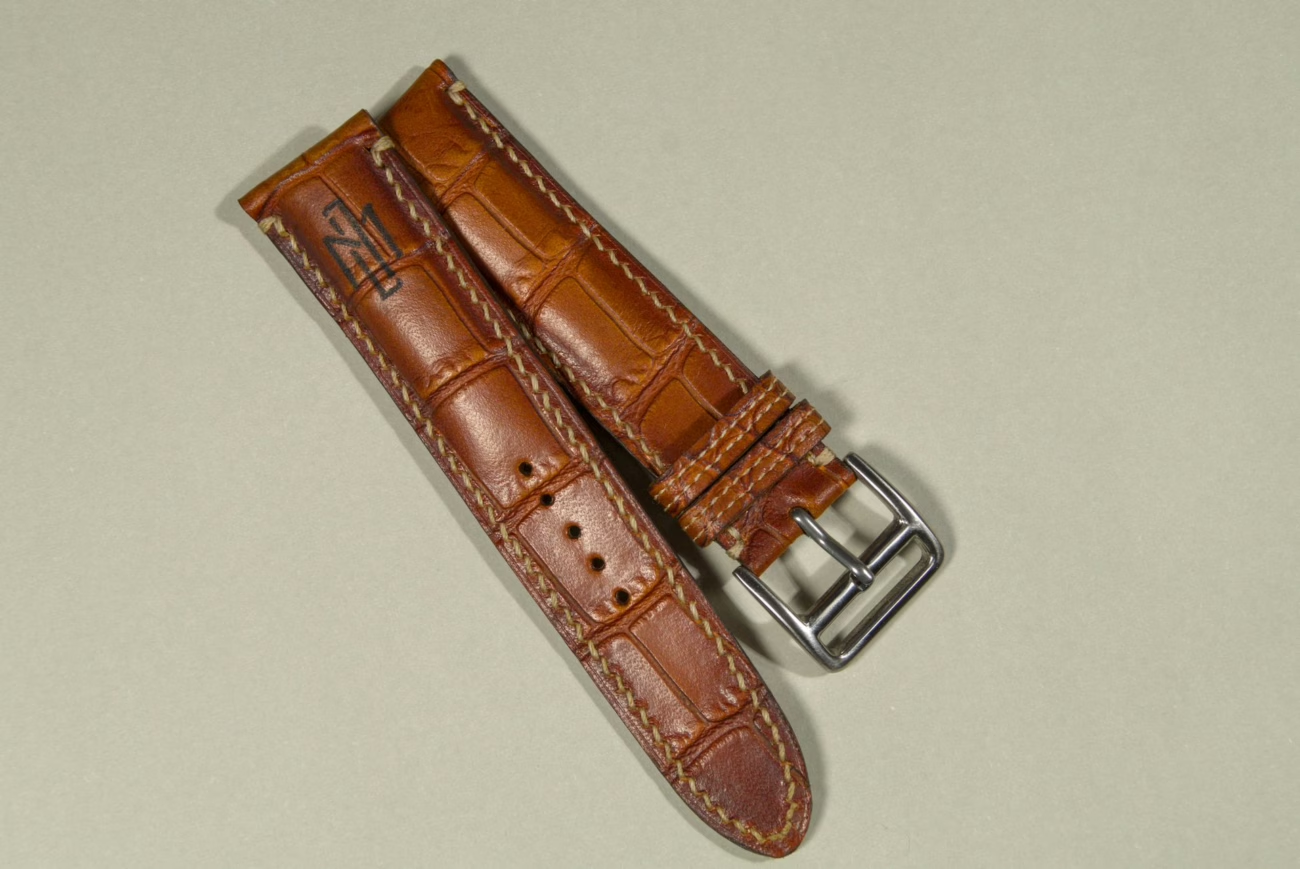Sustainability in Every Stitch: How Certified Alligator Leather Supports Conservation
There are two types of alligator species still in existence, the American alligator (A. mississippiensis) and the Chinese alligator (A. sinensis). They’ve been roaming the planet since ancient times, first appearing as long as 37 million years ago. The term “alligator” is most likely an anglicized form of el lagarto, Spanish for “the lizard”, which is what early Spanish explorers and settlers in Florida called the alligator.
The earliest use of alligator leather is believed to be in North America in 1800. During the mid-19th century it became widespread in connection with the American Civil War when saddles and boots for the confederate troops were made from alligator.
As commercial tanning methods came into practice in the early 1900s in Europe and the United States, alligator gained its reputation for being soft and durable, which brought an increase in demand for it as a fashion material. The spike in demand led to a decrease in the alligator population in Louisiana where the majority of animals were harvested. A statewide ban on alligator hunting followed in 1962 and by 1967, the American alligator had made it to the endangered species list.
It did however not take long for the alligator population to recover due to cultivation and conservation efforts and by 1987, alligators were no longer endangered in the United States. Louisiana and Florida today have the largest American alligator populations with over a million alligators in each of the two states. Alligator leather remains a highly sought after material in the production of luxury goods going into the world’s finest watch straps and handbags. A prominent example is the iconic alligator Birkin bag from Hermès which comes with a very high price tag.

To prevent the poaching of alligators for their valuable skin, the trade is regulated by a number of laws and regulations, both in the United States and internationally. These are designed to protect alligators from overexploitation and ensure that the trade remains sustainable.
In the United States, the most important law governing the trade of alligator is the Endangered Species Acts (ESA), which lists the animal as threatened, meaning that it is not yet endangered but at risk of becoming so. The ESA allows for regulated harvest of American alligators under a permit system, designed to make sure that the trade is sustainable. It also regulates all export and import of American alligator parts, which must be approved by the U.S. Fish and Wildlife Service. Imports and exports are only approved once it’s been determined that they do not harm the American alligator population.

In addition to the ESA, the Convention of International Trade in Endangered Spieces of Wild Flora and Fauna (CITES) regulates international trade in all species of crocodilians, including the American alligator. CITES requires that all imports and exports of American alligator parts and products come with a CITES permit.
Despite these regulations, the illegal trade in alligator leather is ongoing. Alligator populations remain threatened through poaching, smuggling, and mislabeling of products. Here at Ateliér D. James we do not want to participate in this immoral practice. We adhere to the philosophy of sustainability and as we want these iconic animals to be around for future generations to enjoy, we only use CITES-certified American alligator leather to make our watch straps. It comes from Faggioli, a tannery located in the historical town of Ferrara in Italy that specializes in crafting exotic leathers.
We sometimes hear from people who think our prices are outrageous. Our answer to them is that if you want ethical alligator, it doesn’t come cheap.

Please note that due to the complex laws and regulations surrounding exotic leathers, we only ship alligator watch straps within mainland Europe. For clients outside the European Union, we offer the alternative of crocodile embossed calf skin, which has a beautiful surface finish comparable to the quality of the real thing, as can be seen in the image above.